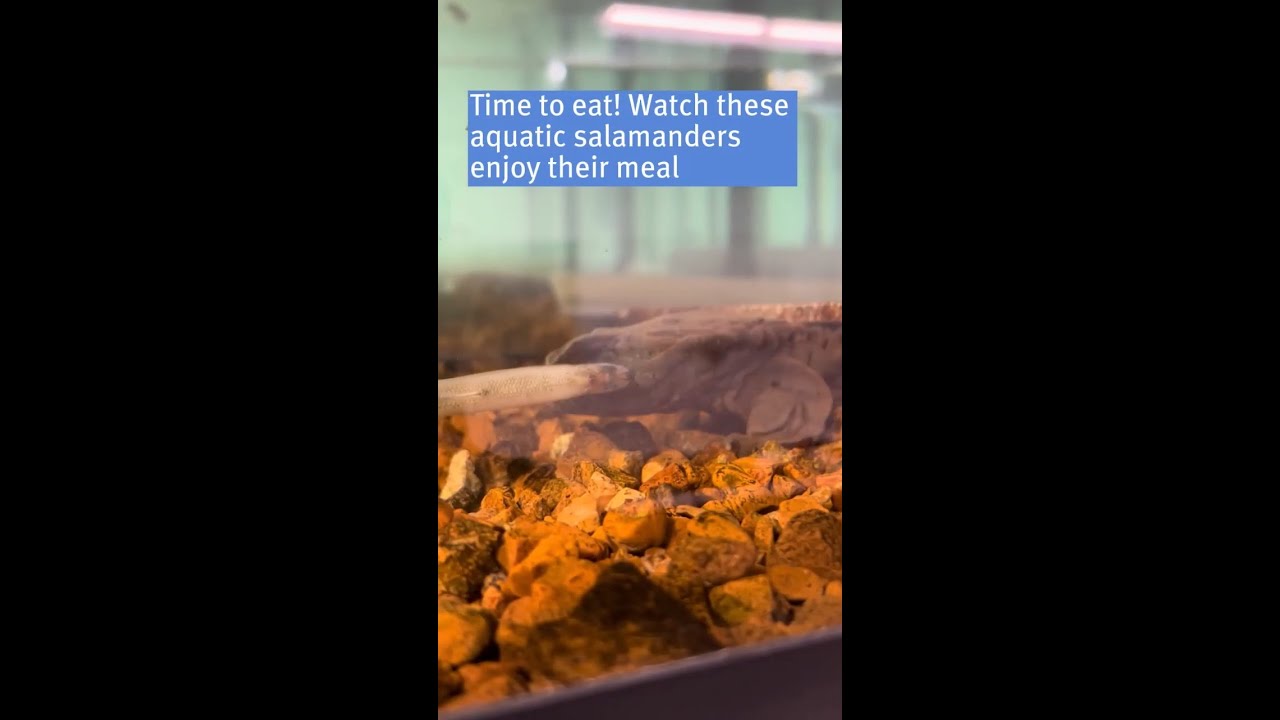– The natural history and biology of the Hellbender
– The significance of diet in Hellbender conservation efforts
– The role of zoos in Hellbender conservation
– Challenges and solutions in Hellbender habitat conservation
The Hellbender, a large aquatic salamander native to the eastern United States, captures the fascination of herpetologists and wildlife enthusiasts alike. This notable amphibian dwells in clean, fast-flowing streams across the Appalachian region, necessitating a specialized ecological niche. Understanding the Hellbender’s complex lifestyle and feeding habits offers insight into broader conservation strategies crucial for its survival.
Hellbenders live primarily aquatic lives, lurking beneath rocks in riverbeds where they hunt for prey. Their diet mainly consists of crayfish, supplemented by small fish and aquatic insects. The Hellbender’s feeding habits reveal much about its role in aquatic ecosystems, functioning as predator and prey. Observing a Hellbender enjoy a snack sheds light on the health of freshwater environments, indicating clear waters and balanced ecosystems. Moreover, this behavior underscores the importance of dietary diversity in Hellbender survival, a critical factor for conservationists to consider.
The role of zoos in Hellbender conservation cannot be overstated. Zoos provide a controlled environment for studying these amphibians‘ dietary needs and behaviors and act as centers for public education and awareness. By showcasing Hellbender feeding practices, zoos engage the public, fostering a connection between visitors and wildlife conservation efforts. These institutions often participate in or lead captive breeding programs, which serve as a safety net for wild populations and offer valuable insights into Hellbenders’ nutritional needs and overall well-being.
Conservation challenges facing Hellbenders primarily revolve around habitat degradation, including pollution, siltation, and the construction of dams that alter water flow and temperature. Each of these factors can drastically impact Hellbender populations by reducing the availability of their aquatic prey. Addressing these challenges requires a multidisciplinary approach, combining habitat restoration, pollution control, and public education initiatives. Conservation efforts must focus on maintaining clean, well-oxygenated streams and protecting the biodiversity that constitutes the Hellbender’s diet.
Innovative solutions have shown promise, such as constructing artificial habitats and engaging community scientists to monitor Hellbender populations. Furthermore, partnerships between wildlife agencies, academic institutions, NGOs, and local communities are essential in developing and implementing conservation strategies to protect the Hellbender and its habitat. Through research, targeted conservation efforts, and public engagement, there’s hope for sustaining Hellbender populations well into the future.
Understanding the intricate details of how a Hellbender enjoys a snack illuminates the broader aspects of its ecology and conservation. Such knowledge enriches our understanding of these remarkable creatures and highlights the interconnectedness of ecosystems and the significance of preserving biodiversity. The Hellbender’s reliance on a varied diet and pristine waterways acts as a barometer for the health of its habitat, guiding conservationists in their efforts to safeguard these and related species. Through persistent and collaborative conservation efforts, the future for the Hellbender looks promising, serving as a testament to the importance of preserving the natural world.
*****
Source Description
Time to eat! Watch these Eastern Hellbenders enjoying their mid-afternoon meal at the Zoo.
There are two subspecies of hellbender (Ozark and eastern hellbenders), and Missouri is the only state with both!
Read about the reintroduction of Saint Louis Zoo-raised endangered hellbenders into the wild at https://bit.ly/3JlEYI7.

